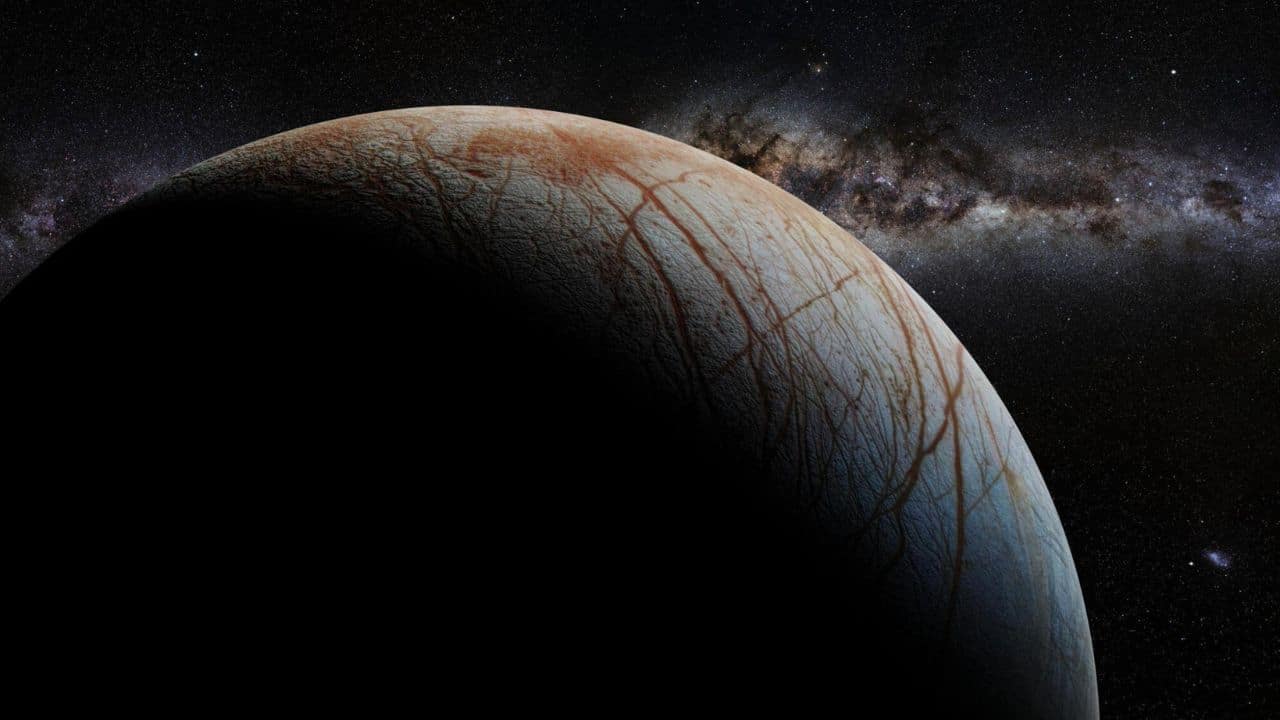The face and the brain are two sides of the same genetic coin: a biological dialogue forms both structures. It maintains their independence with respect to cognitive functions.
The face is not so much the mirror of the soul as of what we have written in our genes. This was revealed after an investigation carried out by scientists from the University of Stanford in USA and KU Leuven in Belgium, whose results are published in the journal Nature Genetics.
The researchers used information stored in the UK Biobank to study the brain structure, obtained through magnetic resonance imaging. They conducted the research on almost 20,000 healthy people in the UK.
From the analysis of these data, this research has been able to establish that the shape of the face and the brain are genetically much more linked than previously thought. Not only the brain influences facial shape, but the face also affects to the structure of the brain.
It has also determined that genetic signals that influence brain shape enriched in genomic regions. This regulates gene expression during embryo-genesis, specifically in facial progenitor cells.
The new research determines that the face is not a passive element of embryonic development that adapts to brain development. But an active participant in the biological dialogue that affects the growth of both the brain and the face. The researchers explain it in a statement.
Overlapping genes
The authors of this research has been led by Peter Claes of the Imaging Genetics Laboratory at KU Leuven. The identified 76 overlapping genetic locations that shape both our faces and brains.
They point out that this is an astonishing degree of overlap. Also they revealed the close link between the brain and the face during development.
However, they also specified nothing suggests that it is possible to predict behavior, cognitive function or neuropsychiatric disorders, such as schizophrenia or ADHD, simply by looking at a person’s face, not even with Artificial Intelligence.
The reason why we cannot assimilate the face to behaviors, cognitive abilities or mental disorders is that the regions of the genome that determine the structure of the brain are not the same as those that determine cognitive functions.
Furthermore, some of the genes involved in embryogenesis are only expressed in the face and have no role or expression in the brain.
It’s an important difference, if only to discredit once again the idea that a person’s intelligence is reflected in their facial features. And that is a belief that has been frequently used to promote racial and ethnic discrimination.
The face doesn’t say it all
Sahin Naqvi, from Stanford University School of Medicine, the first author of this study, points out that there is “a clear genetic link between someone’s face and the shape of their brain. But this overlap is hardly related to cognitive or behavioral traits of that individual”.
The results of this research resolve an open question: Until now, the true extent of the interaction between the development of the face and the brain among healthy people was unknown.
Additionally, it is known that, during embryonic development, the folds of the brain press to increase the dimensions of the cerebral cortex, where cognitive function resides.
Also that the shape of the brain can be related to neuropsychiatric disorders and cognitive-behavioral traits. Brain development can degenerate into some rare genetic conditions, such as holoprosencephaly, sometimes accompanied by facial malformations.
But one cannot go beyond these conclusions to establish that the face reflects more than it can really tell us.
The famous expression coined by Marcus Tullius Cicero more than 2000 years ago — “the face is the mirror of the soul and the eyes its interpreters”, has its nuances.











































